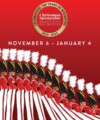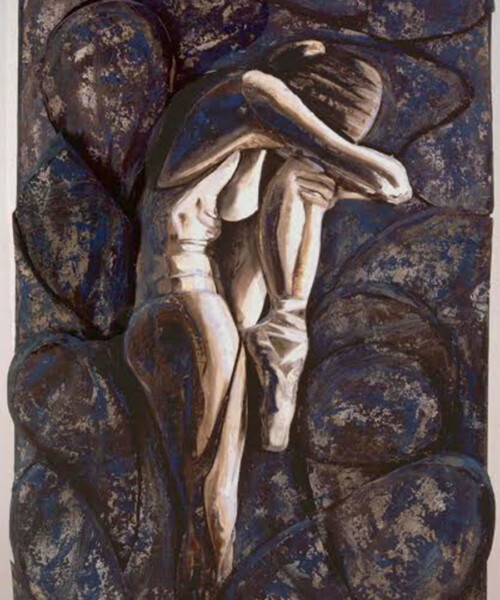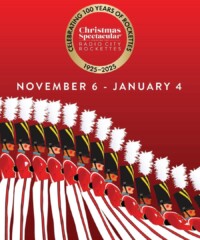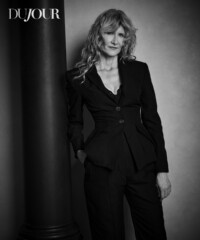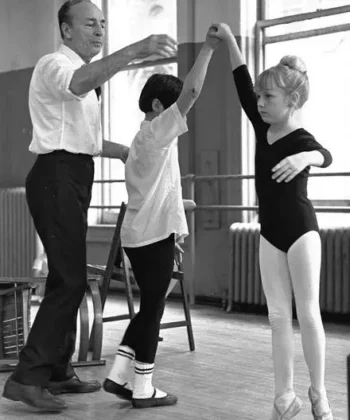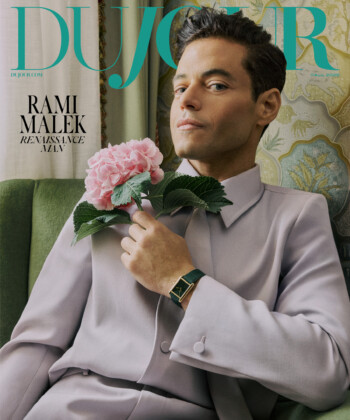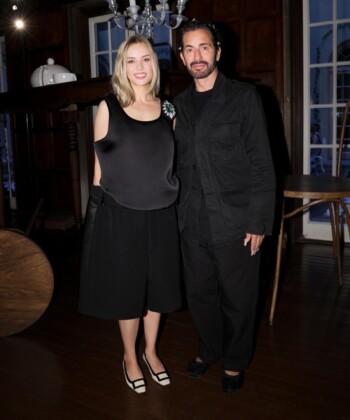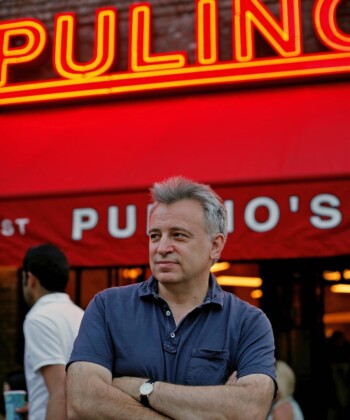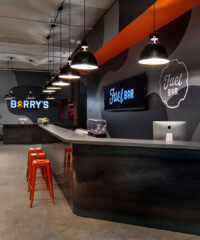Growing up in the suburbs of Chicago, artist (and passionate runner) Rob Mango “ran and dreamed of coming to New York.” After arriving in the ‘70s, Mango began capturing the nuances of the city on canvas. His new memoir, 100 Paintings An Artist’s Life in New York City, is a collection of vivid, three-dimensional artwork and pays homage to the bustling city that has been his muse for the past three decades.
Below, Mango gets candid with personal anecdotes and advice for other artists looking to make it in the Big Apple.
What brought you to New York City in the ‘70s, and how did the city influence you and your artwork?
I quickly became aware that the center of the art universe was New York City. The fantasy of coming to [the city] and becoming part of it was launched by painters I encountered while roaming the halls of the Art Institute of Chicago as a teen—Rivers, Johns, DeKooning and Rauschenberg. My obsession with New York became so highly evolved that it sustained me long after I arrived. In many ways, the fantasy of New York exceeded the actual experience initially, which was, in a word, cruel. My Midwestern fantasy of New York sustained the creation of numerous major works, which blend realistic detail and imaginative or surreal invention, particularly “Millennium” and “Return to the City.”

100 Paintings: An Artist’s Life in New York City
What is the biggest transformation you noticed in New York City over the course of your career?
In those early days and on into the eighties, the buildings were cold, not well lit, no bathrooms or kitchens; there were few amenities if any. City services had even fewer obligations; the buildings were not zoned for residency, so there was no garbage removal, snow plowing, or Con Ed sub-metering. It was perfect. Authorities seemed to be indifferent, rent was cheap, a deli here and there to stay alive—the pressure was off. It was an ideal environment for an artist to ponder and create. Especially if an artist was pursuing an experimental and heretofore unseen art form… such was mine.
What’s the single best piece of advice you have for aspiring artists in New York City?
The best way, possibly the only way, to become and succeed as an artist is by enabling ones passion. The strength of what you feel about all the fundamental experiences of life can be converted to fuel and propel ones art form forward. The rage, sorrow, denial, fear, desire and love are the essential inertia of creativity. Yet none of this energy can be applied without technique. Artists must learn technique and it takes half a lifetime to become a master. Finally, an artist needs to be ‘in the world’ to experience all it has to offer, the human experience. This way we can escape ourselves and learn from our audience, ultimately bringing a greater coalescence with them, when artist and audience meet again, inside the art, it will be wondrous for each.
Have your celebrity friendships inspired your artwork?
There are a number of encounters with well-known people that I have described in my account of being an artist in New York City: they are all artists. I met Marcel Duchamp as a teen at the Art Institute of Chicago, spent a night at the home of Dennis Hopper in Taos, New Mexico, hung out with Larry Rivers at his loft and various clubs. I had stimulating encounters with Marty Scorsese when he resided in Tribeca. I have known some unique talents, true artists. Some well known, others less, they have meant a great deal to me personally, but none more meaningful than Bob Dylan.
What are some of the pivotal moments of your career, and how are those moments reflected in your paintings?
While in my early twenties, I was competing on the track and winning races and gold medals in national events. Simultaneously, I was in the studio scorching a most unusual path. This gave me a lust for the rewards a life in art had to offer. I felt I deserved it. I had earned it. I had created numerous bodies of work, one in particular entitled “The Hero, A Spirit Within.” It was slated for exhibition in a prime New York gallery in 1994. An abidingly devastating event occurred during the exhibition and a deep torment took hold in me. As much as I attempted to cope and extinguish it, I could not. I was damaged by the actions of my art SoHo dealer. Her dismantling of my exhibition in the middle of its announced term smashed my self-belief. My paintings changed from classically executed oils, nuanced with fantasy, history and imagination, to brooding dark self-portative male figures. In the end, after being kicked out of the gallery, I cut up the remaining paintings. As a result, an entirely new genre of painting emerged from the scraps of sliced-up canvas. From a period of tortured self-destruction evolved the three dimensional paintings that populates much of my book.
100 Paintings An Artist’s Life in New York City, $50, robmango.com.


